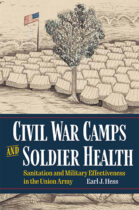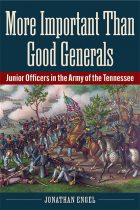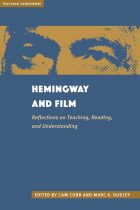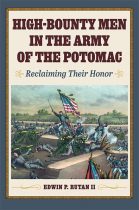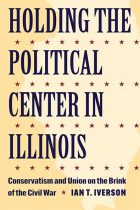The First 649 Days
Eric LeMay | Filed under: Books, Forthcoming, Poetry, Wick First Book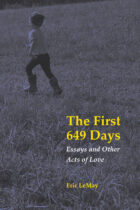
Using forms as diverse as journal entries, cell phone texts, children’s picture books, and erasure poems, LeMay wrestles with questions of illness, isolation, identity, grief, family, and love because, like so many us, he’s had to live them. He was diagnosed with cancer in 2017 when his first child was a little over a year old. He learned during the worst month of the COVID-19 pandemic that his 80-year-old father, unable to breathe, had been admitted to the emergency room in the middle of the night. Would he live? And if not? In these richly varied essays, LeMay helps us make our way, personally and collectively, through experiences that may be our last, all the while honoring those “firsts”—the first cry, the first word, the first day of school.

